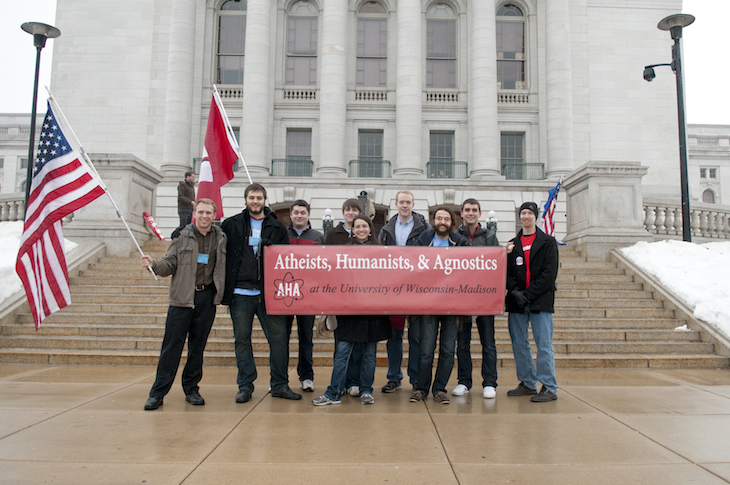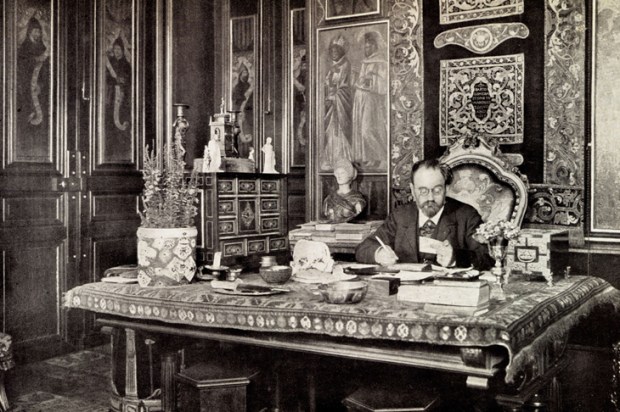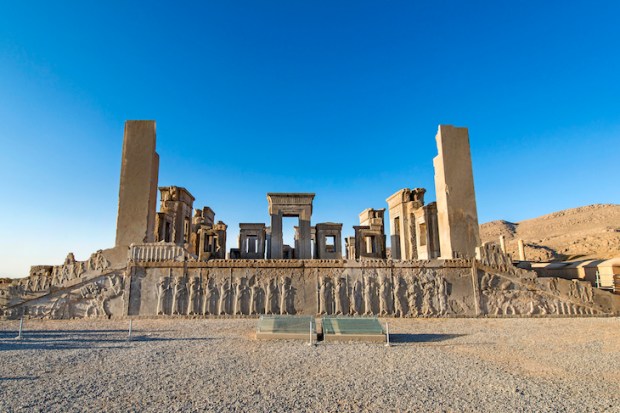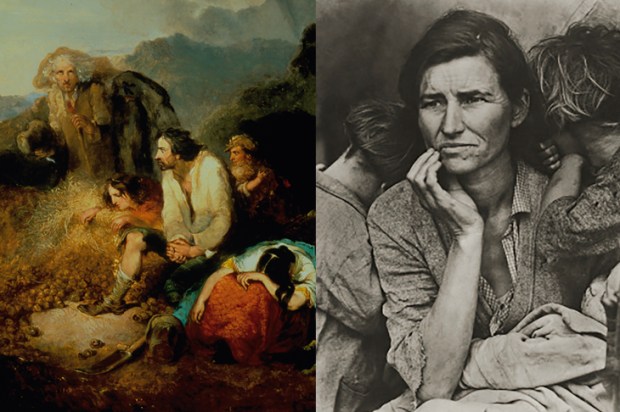K. Chesterton, in one of his wise and gracious apothegms, once wrote that ‘When Man ceases to worship God he does not worship nothing but worships everything.’ John Gray, one of the most pernickety and carnaptious of contemporary philosophers, presents here a kind of taxonomy of not atheism, per se, but of the vacuums and nothings into which the loss of belief has rushed. It is, as one would expect, an exhilarating read. The title winks to Empson’s Seven Types of Ambiguity, and he appears as one of the figures in these essays.
One might think that atheism is a fairly simply proposition. There is no God. The argument here is that in the absence of God, atheist philosophies supplant a (mostly) Christian version of religion in terms of salvation, destiny and the definition of the human. Gray does look at other faiths, but tends to rely on a sleight of hand between practice and belief. You can observe the injunction on not wearing wool and linen (Deuteronomy 22:11) and not actually believe in Yahweh, or that He made the world and the heavens. You just stick to what your people have chosen to do. His comments on Hinduism, Tao and Buddhism follow the same form. The Bad Christians set up a dangerous story and the happy heathens just got on with being nice to each other.
So what are the seven types of atheism? The Dawkins style is airily dismissed in the first chapter as almost beneath serious intellectual scrutiny. Chapter Two takes in Ayn Rand and John Stuart Mill — not the easiest of bedfellows, but comfy down here — as representatives of secular humanism. The third chapter is on how science has overwritten religion, from Mesmerism to Transhumanism, a topic Gray explored in his previous book, The Immortalisation Commission.
He goes into full cerebral bruxism in the next chapter, where political utopias are severally severed. You have to give it to him: from the chiliastic fantasies of the Munster atrocities during the Reformation, to Robespierre and the Revolution, to Lenin and the Bolsheviks, to Hitler and evangelical liberalism, in this part he doesn’t so much analyse as machine-gun every idea that top-down thinking would make bottom-up living better.
It’s a routine he has performed before (in Black Mass, for example), but it is nevertheless bracing and rigorous. Empson finally appears in the fifth essay, alongside Dostoevsky and the Marquis de Sade. Curious company indeed, and it would have been intriguing to be at that dinner party. This piece is devoted to the ‘God-haters’; and if they believed in God enough to detest Him, they are, by definition, not atheists. Finally we get two essays where Gray gives us his ‘good’ atheists — Joseph Conrad and George Santayana, reconciled to a godless world yet unblinkered about humanity’s failings; and then the ‘mystical atheists’ — Schopenhauer, Spinoza and Shestov.
Gray is possibly the most genial pessimist with whom one might share company. The book’s target is not theology or anti-theology, but teleology. The imposition of purpose, or meliorism, is a futile and actively negative set of beliefs. Humans, even humans as interesting as Gray, are exceptionally rubbish at incarnating humanity, or the humane. We all end up as hummus anyway. There is a Kantian undertow to much of his thought: ‘Of the crooked timber of humanity, no straight thing may be made.’
The book does have its sins of omission rather than commission. In dealing with the problem of nihilism, it is surprising not to see those who had a form of solution to it, specifically Kierkegaard, Heidegger and Bonhoeffer. In terms of the atheists, it would have been useful to have more analysis on Lucretius, one of the few thoroughgoing unbelievers, and who later became a crucible of myths against his own writings.
Gray’s own practical answer is that ‘there is no need for panic or despair. Belief and unbelief are poses the mind adopts in the face of an unimaginable reality. A godless world is as mysterious as one suffused with divinity, and the difference between the two may be less than you think.’ This is eloquent, even poetic, though it does not amount to much more than ‘Keep calm and carry on.’
Gray is adept with the skewer — sometimes brilliantly, witheringly so — but provides little in the way of shield. Although I relished an atheist eviscerating atheists, and was heartened that the book was powdered through with the power of literature, my final qualms were unquieted. In such a universe, what does goodness mean? Why should anyone be altruistic? If Christianity is Patient Zero of a particular kind of triumphal messianic thinking, why do the Gospels seem so often to reject that? Gray, like other thinkers such as Richard Holloway and Raymond Tallis, is on the strange intersection of not believing unbelievers and not believing believers. Stay terrified and pray like hell.
Got something to add? Join the discussion and comment below.
Get 10 issues for just $10
Subscribe to The Spectator Australia today for the next 10 magazine issues, plus full online access, for just $10.
You might disagree with half of it, but you’ll enjoy reading all of it. Try your first month for free, then just $2 a week for the remainder of your first year.














Comments
Don't miss out
Join the conversation with other Spectator Australia readers. Subscribe to leave a comment.
SUBSCRIBEAlready a subscriber? Log in